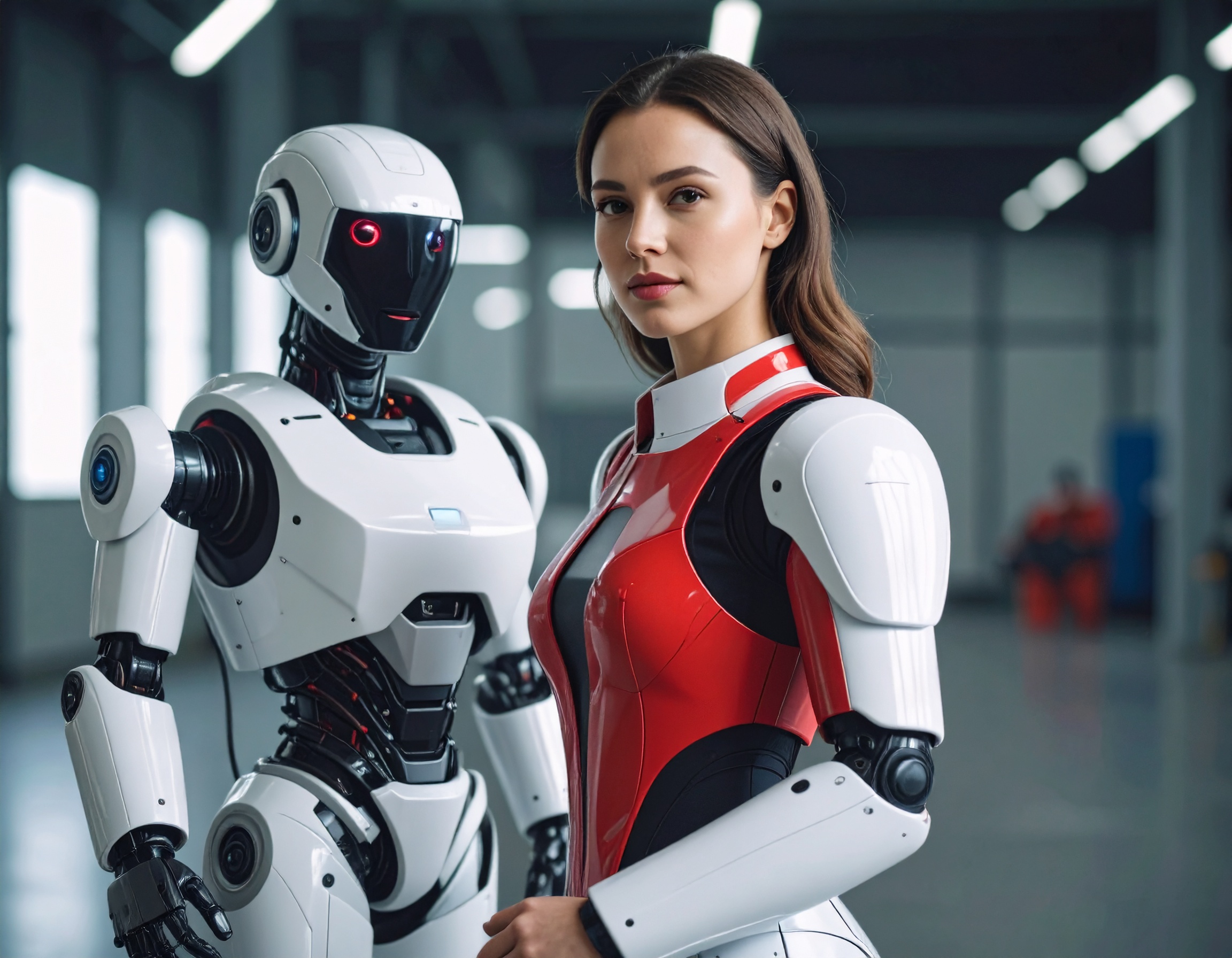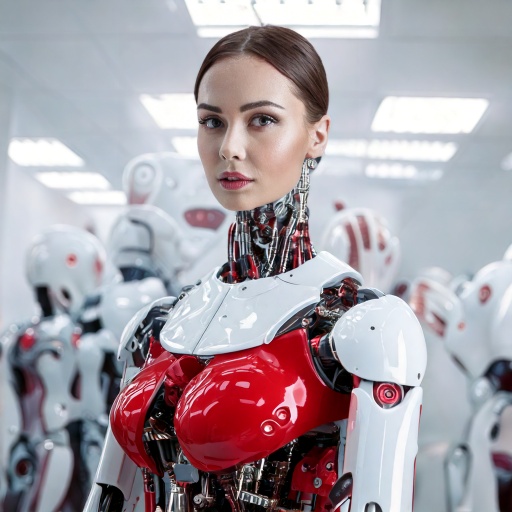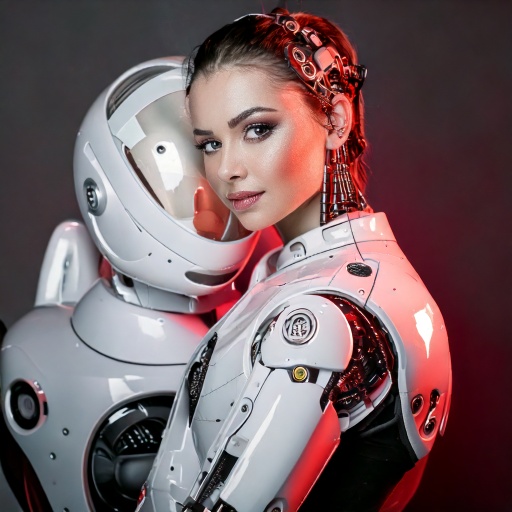Rise of the Machines: Intelligent Agents Revolutionizing Space Exploration

Robots as Pioneers of Space
On January 2, 2025, Universe Magazine explored the transformative role of robots and artificial intelligence (AI) in space exploration. Automated spacecraft have been pivotal in exploring extreme environments for decades. For example, NASA’s Parker Solar Probe withstood over 530°C while studying the Sun, an environment no human could survive. Such missions, powered by robotic technologies, highlight the potential of "Non-Human Workers" in performing tasks too dangerous or remote for astronauts.

Economic and Scientific Advantages of Digital Employees
Robots and AI are not just efficient—they’re cost-effective. Robotic missions, like the $2.7 billion Perseverance rover on Mars, are significantly cheaper than human-led missions, which could cost upwards of $100 billion. Beyond cost, these "Digital Employees" excel in accessing distant or hazardous targets, as noted by physicist Andrew Coates. Future developments in AI will further expand their capabilities, enabling more complex and autonomous operations in deep space.

The Human Element: Strategic and Symbolic Value
Despite the growing prowess of robots, human astronauts bring unique benefits to space exploration. From conducting intricate experiments aboard the ISS to symbolizing national and technological prestige, the human role remains irreplaceable in certain aspects. Experts advocate for collaboration, where robots handle dangerous, routine tasks, and humans oversee critical decision-making. Future missions might even feature humanoid robots working side by side with astronauts.

A Balanced Future: Robots and Humans Together
Current robotic explorers lack the advanced AI capabilities needed for full autonomy, but innovations like BitNet could change this. As AI technologies evolve, the partnership between humans and "Intelligent Agents" will enhance efficiency and safety, setting the stage for more ambitious endeavors. This collaborative approach ensures that both humans and robots play to their strengths, pushing the boundaries of our cosmic reach.
Key Highlights:
- Robots in Extreme Environments: Automated spacecraft like the Parker Solar Probe perform in conditions too dangerous for humans, such as temperatures exceeding 530°C near the Sun.
- Cost Efficiency: Robotic missions are significantly cheaper than human-led ones. For instance, Perseverance's Mars mission cost $2.7 billion, compared to an estimated $100 billion for a manned mission to Mars.
- Scientific Reach: Robots can access distant or hazardous areas, such as the outer Solar System, where human exploration is currently unfeasible.
- Human Contributions: Astronauts contribute unique value through complex experiments and serve as symbols of technological and national prestige.
- Future Collaboration: Experts suggest combining robots for routine and risky tasks with humans for strategic oversight in future missions.
- Advances in AI: Emerging technologies like BitNet could integrate AI into space exploration, allowing robots to perform more autonomous and intelligent operations.
- Balanced Approach: A hybrid model of humans and intelligent agents working together is seen as the key to maximizing efficiency and safety in space exploration.
Reference:
https://universemagazine.com/en/how-robots-and-artificial-intelligence-will-replace-humans-in-space/


